1. Calling a Tiny Room a “Bedroom”
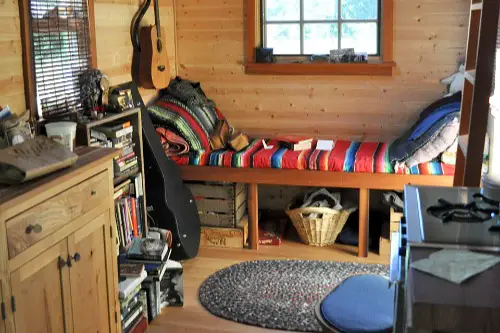
Once upon a time, agents could squeeze a twin bed into a closet-sized space and call it a “bedroom.” But most buyers today know that true bedrooms need proper square footage, a closet, and often even a window by code. If you try to pass off a glorified storage area as a sleeping space, buyers will see through it instantly. It can actually raise red flags about what else the listing is exaggerating.
That’s not to say small bedrooms are always a dealbreaker, but accuracy matters. A 7×8 foot space might work for an office or nursery, but not for a main bedroom. Buyers now measure rooms, check local building codes, and verify layouts. Overstating this detail just erodes trust.
2. Overusing Wide-Angle Photos
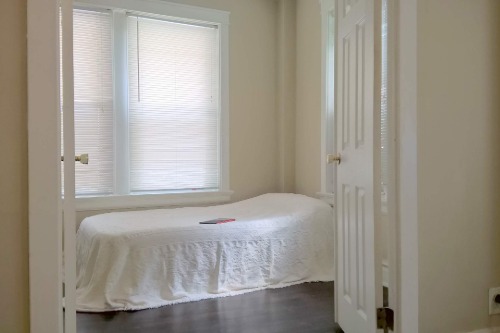
Wide-angle lenses used to impress because they made rooms feel massive and open. Today, though, most buyers know that if a room looks twice its size online, it won’t match in person. This trick has become so common that buyers immediately lower their expectations when they see it. Instead of creating excitement, it sets them up for disappointment.
Photography still matters, but honesty wins. Clear, well-lit shots at realistic angles actually sell better than stretched-out images. Buyers now expect some digital enhancement, but when scale gets too extreme, they feel misled. Authentic photos help keep trust intact.
3. Calling a Fixer-Upper “Move-In Ready”

This phrase once made homes sound like they needed nothing more than a toothbrush and suitcase. But in reality, many listings used it to describe homes with dated kitchens, old wiring, or stained carpets. Buyers have learned to question it and often bring contractors on tours to double-check. The mismatch between the phrase and the property only frustrates them.
“Move-in ready” today means modern finishes, safe systems, and working appliances. Anything less is an exaggeration that buyers see through. They’ve also gotten more savvy thanks to TV shows and online resources. Glossing over repairs doesn’t work anymore.
4. Highlighting “Cozy” as a Selling Point
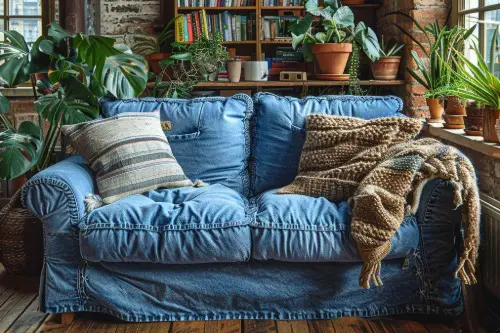
For years, “cozy” was the go-to word to soften the blow of cramped spaces. But buyers now recognize it as code for “small.” Rather than seeing charm, they picture low ceilings and tight floor plans. It’s one of the clearest examples of real estate euphemisms backfiring.
That doesn’t mean small homes don’t sell; it just means honesty works better. Words like “efficient” or “well-planned” highlight positives without being misleading. Buyers value transparency more than fluff. “Cozy” has simply lost its charm.
5. Staging Overload
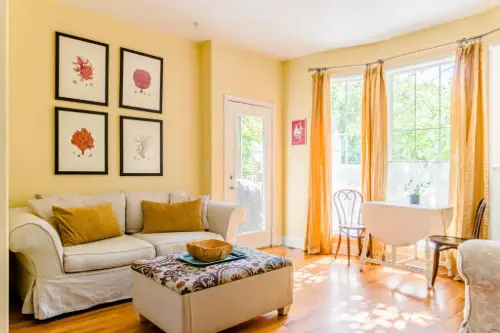
Staging used to feel magical, turning bland spaces into Pinterest-worthy homes. But after years of TV shows and Instagram feeds, buyers now see it for what it is: set dressing. They’ve learned to look past the throw pillows and focus on the bones of the house. Too much staging can even distract them from imagining their own furniture there.
That doesn’t mean staging is useless—it still helps with first impressions. But buyers today walk in prepared to mentally “unstage” the space. Overly curated setups with fake food or elaborate props feel outdated. Simplicity and authenticity work much better now.
6. Listing “Proximity” to Popular Spots
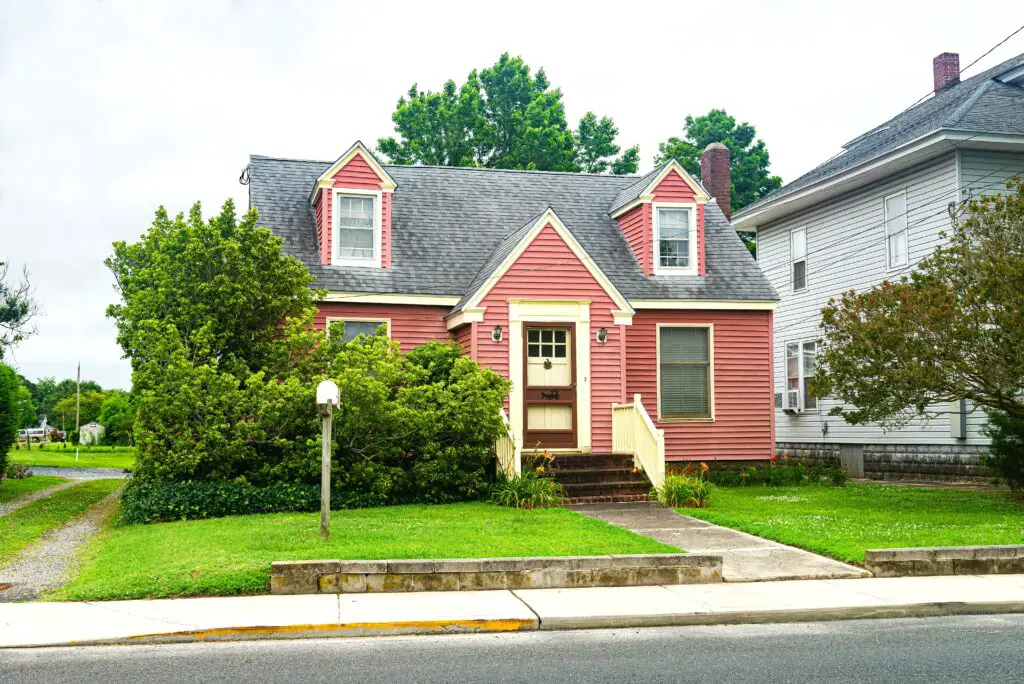
Agents love to say a house is “minutes from downtown” or “just steps to shopping.” Buyers now double-check that claim with Google Maps in seconds. If it’s actually 25 minutes in rush hour, the listing loses credibility fast. Convenience is important, but exaggeration no longer works.
Neighborhood context still matters, but specifics matter more. Buyers want to know if they can realistically walk to coffee shops or bike to the park. Overstating proximity feels like false advertising. Clear descriptions beat vague promises every time.
7. Glamour Shots of Just One Room
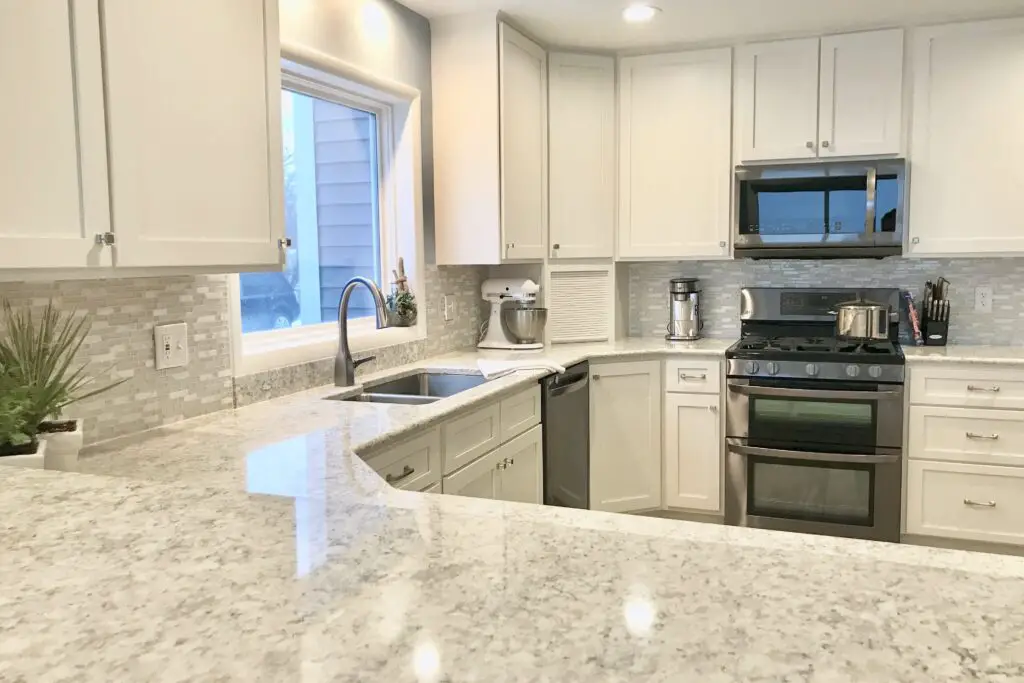
A stunning kitchen photo might hook attention, but buyers now wonder why the rest of the house isn’t shown. If a listing has 20 photos of one remodeled space but none of the bathrooms, that sets off alarms. Buyers assume the missing rooms need major work. Selective photography has turned into a red flag.
Balanced representation is what buyers expect now. Even if some rooms are dated, it’s better to show them honestly. Transparency prevents wasted showings and builds buyer trust. Omitting whole sections of the home only backfires.
8. Using Drone Photos to Hide Flaws

Drone shots can highlight curb appeal and neighborhood features, but they’ve also been used to avoid showing close-up flaws. Aerial views alone make buyers suspicious about what’s being hidden at eye level. People want to see the front door, the yard condition, and the details up close. Pretty overheads don’t replace that need.
Buyers now expect drone images to be an add-on, not a cover-up. They scroll straight past sweeping sky views to find real ground-level photos. If those aren’t included, they assume there’s something wrong. Drone photography has shifted from “wow factor” to just “extra context.”
9. Emphasizing “Potential” Instead of Reality
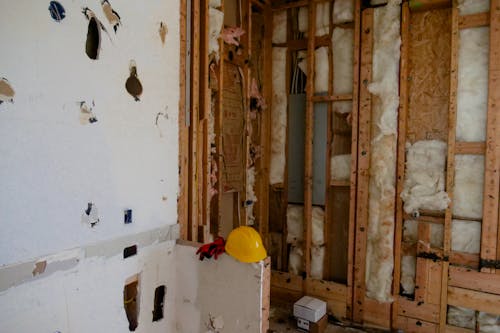
Listings often talk about “potential” to remodel or expand, but buyers are more cautious today. With higher renovation costs and stricter permits, they don’t just assume a project is doable. They want specifics about what’s actually allowed and feasible. Vague “potential” talk just feels like filler.
Buyers still love a good project, but they want facts, not daydreams. If the attic can be converted or the basement finished, show that with proof. Otherwise, buyers dismiss it as empty marketing language. “Potential” only works when it’s backed up with details.
10. Overhyping “Luxury” Finishes
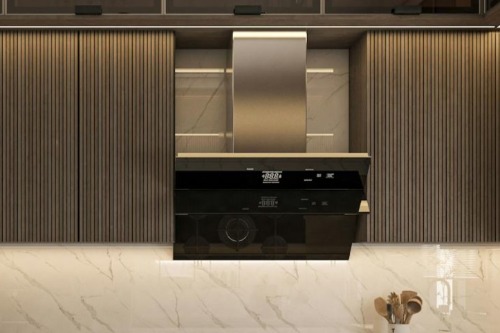
Once upon a time, granite counters and stainless steel appliances felt luxurious. Now they’re practically standard. When every listing calls these “luxury,” the word loses meaning. Buyers want to see what’s truly high-end, not what was trendy in 2005.
Genuine luxury today means things like smart home systems, spa-like bathrooms, or custom cabinetry. Overusing the word “luxury” sets up disappointment instead of excitement. Buyers notice when the finishes don’t match the hype. Clear descriptions of quality materials work better than buzzwords.
11. Overly Brightened Photos
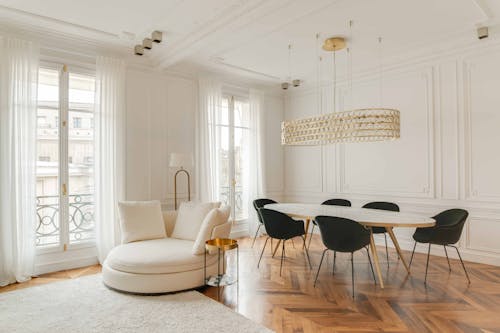
Editing tools make it easy to crank up brightness and saturation until every room looks like it’s flooded with natural light. But when buyers visit and find a dim basement or north-facing kitchen, the illusion falls apart. Over-lightening photos has become a quick way to lose credibility. Buyers now expect some editing but not outright deception.
Natural light is a huge selling point, but only if it’s real. Showing windows as bigger or spaces as sunnier than they actually are just frustrates buyers. Realistic editing helps homes stand out without trickery. Trust sells better than filters.
12. Hiding Behind “As-Is” Without Details
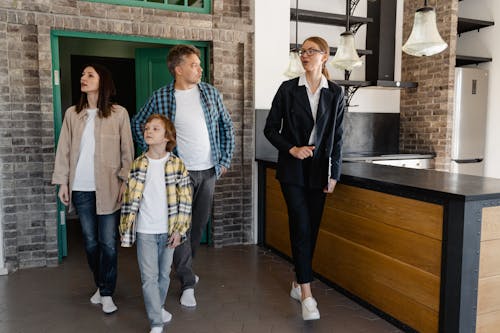
“As-is” used to sound like a bargain, but buyers have caught on. Now they interpret it as code for “there are major problems.” Unless the listing explains what “as-is” actually means—like roof age, foundation issues, or cosmetic wear—it makes people wary. Ambiguity pushes buyers away.
Sellers don’t have to fix everything, but clarity matters. Being upfront about what repairs are needed helps serious buyers prepare. Without that transparency, the phrase does more harm than good. Today’s buyers want honesty over mystery.
13. Calling Every Room “Versatile”

Once, calling a space “versatile” made buyers think of endless options, from offices to playrooms. Now, it often signals that the room doesn’t have a clear purpose or is too awkwardly shaped for practical use. Buyers recognize that some layouts just don’t work well, no matter how they’re spun. A vague label only delays the inevitable disappointment at the showing.
That doesn’t mean flexibility isn’t valuable, but specifics matter. Saying a space works well for a home office with built-in shelves is much more compelling. Buyers want to know how they’ll actually use it, not just be told it could be anything. The word “versatile” has become a red flag instead of a selling point.
14. Overhyping “Open Concept”
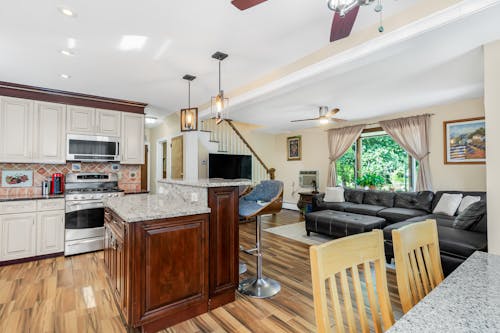
There was a time when “open concept” meant cutting-edge design, but today’s buyers have mixed feelings. Many now realize open layouts can mean noise carries everywhere, smells drift from the kitchen, and there’s less privacy. Overuse of the term makes buyers question whether walls were removed cheaply. Instead of feeling modern, it can feel impractical.
Buyers are more discerning and want balance. They often prefer a semi-open layout that keeps light flowing but still allows separation of spaces. If a home is truly open, sellers need to explain the benefits clearly, not just rely on the buzzword. Otherwise, “open concept” feels more like a marketing crutch than a real feature.
15. Overstating “Chef’s Kitchen”

Not long ago, any kitchen with an island and stainless steel appliances was labeled a “chef’s kitchen.” Buyers today see through that instantly. A true chef’s kitchen means professional-grade appliances, ample prep space, and thoughtful design. Anything less feels like exaggeration.
Buyers are now savvy about what makes a kitchen truly functional. They look for double ovens, high-BTU ranges, and quality ventilation. Calling a basic kitchen “chef’s” just sets up disappointment when those elements are missing. Precision in description matters far more than fancy labels.
16. Romanticizing “Historic Charm”
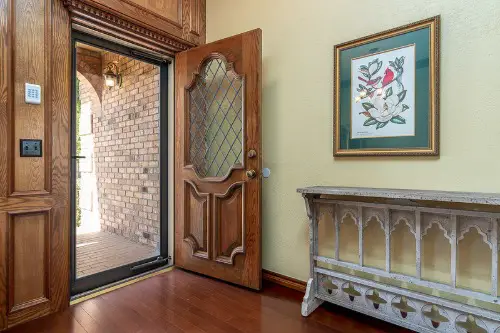
“Historic charm” once created visions of character-filled homes with stories to tell. Now, buyers often translate it to “outdated systems and costly repairs.” Original windows, knob-and-tube wiring, or sloping floors aren’t seen as charming when they mean expensive fixes. Buyers no longer fall for the phrase without details.
That doesn’t mean historic homes don’t sell—they absolutely do. But what works is honesty about upgrades alongside preserved features. Buyers want to know the plumbing has been updated even if the crown molding is original. Over-romanticizing history only creates mistrust.
17. Calling Small Yards “Low-Maintenance”
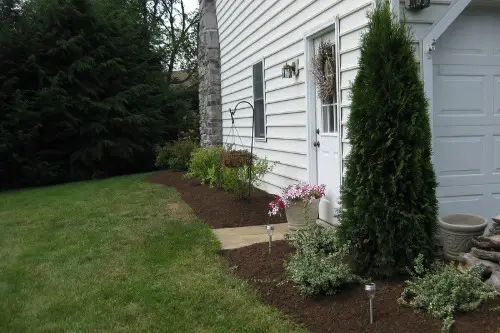
“Low-maintenance” was once a clever way to make tiny outdoor spaces sound appealing. Today, buyers immediately recognize it as code for “you won’t have much yard at all.” While some do appreciate less upkeep, others see it as a drawback. Either way, the spin doesn’t work as it once did.
Buyers prefer clarity over spin when it comes to outdoor space. If it’s a courtyard, call it that; if it’s a patio, say so directly. Transparency helps buyers set expectations about lifestyle and use. Overselling a small yard as a feature only erodes trust.
18. Using “Quaint” as a Cover

For years, “quaint” was meant to signal charm and character. But buyers now read it as a polite way of saying “old, cramped, and possibly dated.” A listing full of “quaint” touches suggests deferred maintenance rather than timeless design. The word has lost its positive edge.
That doesn’t mean charm is out of style—far from it. Buyers love details like built-ins or original woodwork when they’re in good condition. But they want clear descriptions instead of euphemisms. “Quaint” has simply become another way of avoiding the truth.
19. Stretching “Walk-In Closet”
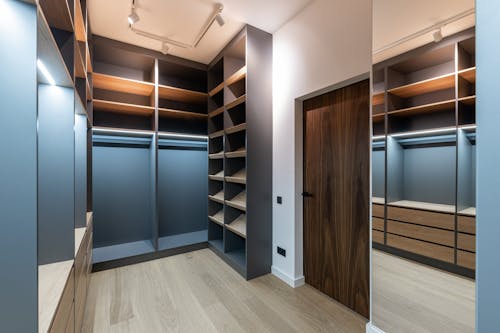
Once, any closet with a slightly deeper depth was called a “walk-in.” Today, buyers roll their eyes if it’s just a tiny bump-out space. They know a true walk-in means room to stand inside, with storage on more than one wall. Overstating this only leads to disappointment.
Buyers now often bring tape measures or check dimensions online. If the space doesn’t allow for actual usability, they won’t see it as a feature. Calling every closet a walk-in only cheapens the term. It’s better to be accurate than risk losing credibility.
20. Overselling “Custom” Features

“Custom” once carried weight, suggesting thoughtful upgrades and one-of-a-kind details. Today, buyers know it can just mean something unusual that may not fit their taste. Custom paint colors, built-ins, or flooring often don’t feel like selling points. The word has become overused and diluted.
Buyers want to know whether a feature adds true value, not just that it’s different. Custom cabinetry designed for storage is appealing; a custom tile pattern might not be. Without context, “custom” now feels like filler language. Precision beats hype every time.
This post 20 Real Estate Listing Tricks That Don’t Fool Buyers Anymore was first published on Greenhouse Black.
